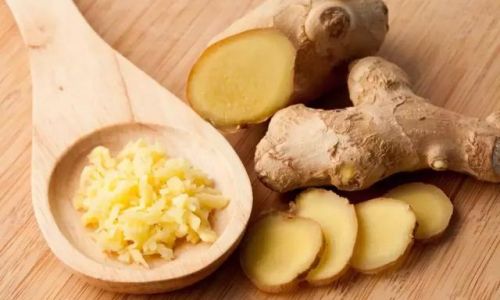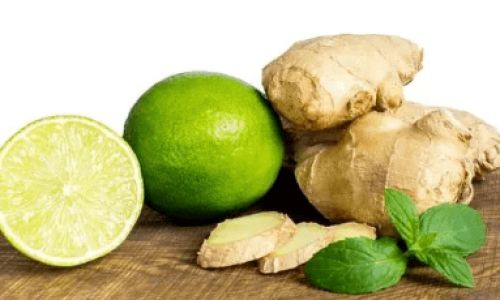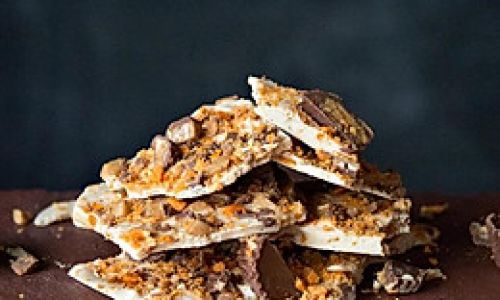Pears, with their juicy sweetness and delicate texture, have long been a staple in diets across the globe. From crisp Asian pears to buttery Bartletts, these fruits offer a refreshing snack or a versatile ingredient in both sweet and savory dishes. Yet, a seemingly simple question divides pear enthusiasts worldwide: Should you eat the skin or discard it? This debate transcends mere culinary preference, delving into nutrition, food safety, cultural practices, and environmental impact. This article explores the multifaceted aspects of this question, arming readers with the knowledge to make an informed choice.
The Nutritional Powerhouse in Pear Skin
One of the primary arguments for retaining pear skin lies in its nutritional density. The skin of a pear is not merely a protective layer but a reservoir of essential vitamins, minerals, and dietary fiber. A medium-sized pear with skin provides approximately 6 grams of fiber—nearly 22% of the daily recommended intake for adults. In contrast, a peeled pear contains just 3 grams of fiber, significantly reducing its ability to support digestive health and regulate blood sugar levels.
The fiber in pear skin is predominantly insoluble, which adds bulk to stool and prevents constipation. However, the skin also contains pectin, a soluble fiber that aids in lowering LDL (bad) cholesterol and stabilizing glucose levels. This dual-fiber profile makes pears an excellent choice for individuals managing diabetes or cardiovascular concerns.

Beyond fiber, pear skin is rich in antioxidants such as quercetin, chlorogenic acid, and epicatechin. These compounds combat oxidative stress, reducing inflammation and lowering the risk of chronic diseases like cancer and heart disease. Quercetin, in particular, has been linked to improved lung function and a decreased likelihood of respiratory infections.
Vitamins C and K are also concentrated in the skin. A single pear with skin supplies about 12% of the daily vitamin C requirement, crucial for immune function and skin health. Vitamin K, essential for blood clotting and bone metabolism, is another skin-based nutrient that diminishes when the fruit is peeled.
Taste, Texture, and Culinary Versatility
While nutritionists may champion the skin, palate preferences often dictate personal choices. The texture of pear skin varies by variety: Asian pears have a crisp, apple-like skin, while European pears like Comice or Conference boast a softer, more yielding exterior. For some, the skin adds a pleasant contrast to the fruit’s flesh, enhancing the eating experience. For others, it introduces an unwanted grittiness or astringency, particularly in underripe pears.
Culinary applications further complicate the debate. In pies, tarts, or jams, leaving the skin on can add depth of flavor and a rustic texture. However, in refined dishes like poached pears or pear sorbets, the skin might detract from the desired smoothness. Chefs often opt for peeled pears in gourmet presentations to achieve a pristine aesthetic, while home cooks may embrace the skin for its nutritional benefits.
The variety of pear also influences this decision. For example, Bosc pears, with their thick, tawny skin, are often peeled for eating raw but left intact when baked or grilled to prevent the flesh from becoming mushy. Conversely, Seckel pears, small and sweet, are frequently consumed skin-on as a convenient snack.
Pesticide Residues: A Legitimate Concern?
The Environmental Working Group (EWG) has consistently placed pears on its “Dirty Dozen” list, which highlights produce most likely to harbor pesticide residues. A 2022 report by the EWG found that over 50% of non-organic pear samples tested positive for residues of multiple pesticides, including some linked to hormonal disruption and neurological issues.
For health-conscious consumers, this raises a critical question: Does peeling eliminate pesticide risks? Studies suggest that while washing pears under running water can reduce surface contaminants, certain pesticides penetrate the skin and remain in the flesh. Peeling, therefore, may lower exposure but not eliminate it entirely.
Organic pears offer an alternative, as they are grown without synthetic pesticides. However, accessibility and cost barriers often limit organic options. For those relying on conventional produce, peeling might seem like a prudent compromise—balancing nutrition with safety concerns.
Cultural Practices and Generational Habits
Cultural traditions play a significant role in shaping pear-eating habits. In many Asian cuisines, pears are consumed skin-on, often paired with herbal remedies or served as a digestive aid. Similarly, in Mediterranean diets, pears are frequently enjoyed whole, skin included, as part of antipasti platters or desserts.
Conversely, Western culinary norms have historically favored peeled pears, particularly in preserved goods like jams or canned fruits. This practice stems partly from historical efforts to extend shelf life and eliminate imperfections, but it has persisted in modern recipes.
Generational habits also influence preferences. Older adults who grew up peeling fruits to remove blemishes or adhere to wartime austerity measures may continue the practice out of habit. Younger generations, more attuned to nutritional science, often embrace the skin as a health-conscious choice.

Environmental Impact: Waste Not, Want Not
The global food waste crisis adds another layer to the peel-or-not debate. Approximately one-third of all food produced for human consumption is wasted annually, and fruit peels contribute significantly to this figure. When pears are peeled, the discarded skin becomes organic waste, which, if not composted, ends up in landfills, emitting methane—a potent greenhouse gas.
Leaving the skin intact not only preserves nutrients but also reduces household waste. For eco-conscious consumers, this aligns with broader sustainability goals, such as minimizing carbon footprints and supporting zero-waste lifestyles.
Moreover, pear skins can be repurposed creatively. They can be dehydrated and ground into a powder for use in smoothies, boiled to make a fragrant tea, or even fermented into vinegar. Such practices transform waste into a resource, embodying the principles of a circular economy.
Practical Tips for Pear Lovers
For those leaning toward keeping the skin, proper preparation is key. Rinsing pears under cool, running water and scrubbing gently with a produce brush can remove dirt and bacteria. For conventional pears, soaking in a vinegar-water solution (1 part vinegar to 3 parts water) for 15 minutes may further reduce pesticide residues.
Choosing the right pear variety can also mitigate texture issues. Asian pears, with their thin, crisp skin, are generally more palatable when unpeeled. Softer-skinned varieties like Anjou or Bartlett can be ripened until the skin yields slightly to pressure, enhancing their sweetness and reducing astringency.
For recipes requiring peeled pears, repurposing the skin is advisable. Simmering skins in simple syrup creates a flavorful base for cocktails or desserts, while blending them into smoothies adds a nutrient boost without altering texture.
Conclusion: A Matter of Balance
The decision to peel a pear ultimately hinges on individual priorities. Nutrition-focused individuals will find the skin invaluable, while those wary of pesticides or texture may opt to remove it. Cultural background, culinary goals, and environmental values further shape this choice.
In an ideal world, consuming organic, unpeeled pears would offer the best of both worlds: maximum nutrition and minimal risk. However, practicality often demands compromise. Whether you’re a pro-peel advocate or a dedicated peeler, one truth remains universal: pears, in any form, are a gift of nature worth savoring.
As the debate rages on, perhaps the most sensible advice is this: listen to your taste buds, respect your health concerns, and never let the fear of a peel diminish your enjoyment of this remarkable fruit. After all, the joy of eating a pear—skin or no skin—lies not just in its nutrients, but in the simple pleasure it brings.






0 comments